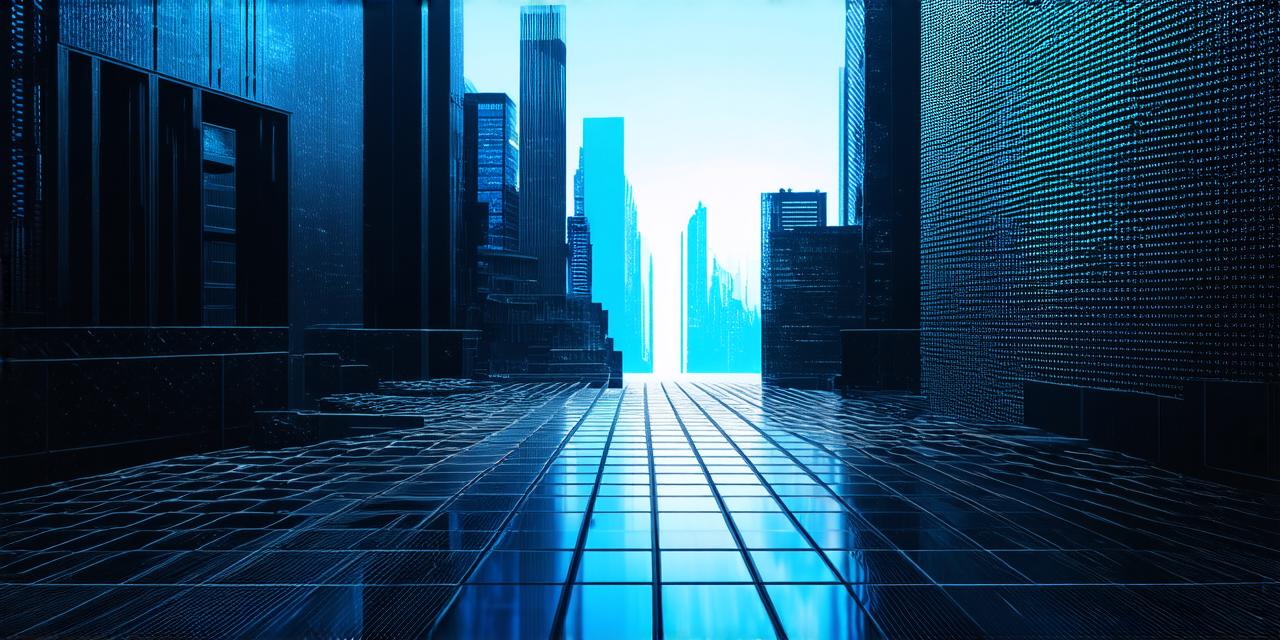Virtual Reality (VR) technology is rapidly evolving and becoming increasingly accessible to businesses of all sizes. With VR, users can immerse themselves in a 3D environment and interact with digital objects as if they were real.
This opens up endless possibilities for enhancing user experience (UX) across various industries. In this article, we will explore the VR development toolkit and how it can be used to create engaging and interactive experiences for your users.
What is a VR Development Toolkit?
A VR development toolkit is a set of software and hardware tools that allow developers to build VR applications. It typically includes a game engine, programming language, development environment, and other supporting tools such as animation and audio tools. The tools in the kit are designed to work together seamlessly, making it easier for developers to create high-quality VR experiences quickly and efficiently.
Benefits of using a VR Development Toolkit
Using a VR development toolkit has several benefits for businesses. Firstly, it allows for faster development times by providing developers with a streamlined workflow. This can save time and money, allowing businesses to bring their VR applications to market more quickly. Secondly, a VR development toolkit provides greater flexibility in terms of how developers can create their VR experiences. Developers have access to a range of tools and features that allow them to tailor the experience to the needs of their users. This can lead to more engaging and interactive experiences that resonate with users.
Case Studies
There are many examples of businesses that have successfully used a VR development toolkit to enhance their user experience. One such example is the real estate industry, where VR has been used to provide virtual property tours. These tours allow potential buyers to explore properties in 3D and get a better sense of what they would be purchasing. This has led to increased engagement and conversions for real estate businesses.
Another example is the healthcare industry, where VR has been used to provide training simulations for medical professionals. For example, surgeons can practice procedures in a virtual environment before performing them on actual patients, reducing the risk of errors and improving patient outcomes. This has led to significant cost savings for hospitals and improved patient care.
How to Choose the Right VR Development Toolkit
When choosing a VR development toolkit, it’s important to consider your specific needs and requirements. Here are some key factors to consider:
- Game engine
- Programming language
- Development environment
- Hardware requirements
- Support
FAQs
1. How long does it take to develop a VR application?
The development time for a VR application depends on the complexity of the project and the size of the team. It can range from a few weeks to several months.
2. What skills do I need to develop a VR application?
To develop a VR application, you will need skills in game development, programming, 3D modeling, and animation. It’s also helpful to have experience with VR technology and design principles.
3. Can I use my existing codebase for my VR application?
In some cases, it may be possible to reuse code from your existing applications for your VR application. However, this will depend on the complexity of the project and how closely related the codebases are.
Summary
The VR development toolkit is a powerful set of software and hardware tools that can help businesses create engaging and interactive experiences for their users. With the right tools and skills, businesses can take advantage of VR technology to enhance their user experience and achieve significant cost savings. By choosing the right VR development toolkit and considering your specific needs and requirements, you can create a successful VR application that resonates with your users.
